Etna is at once both a fossil and a piece of modern art! Vines aged from 70-120 years old grow on the slopes of a volcano at altitudes that make noses bleed. Less than 20 years ago these wines were unknown, the Grandfathers of today’s revolutionists made simple wine from overcropped vineyards.

Today the next generations are pushing the boundaries making wines from Nerello Mascalese, Nerello Cappuccio, Carricante, with Grenache and Sangiovese popping up here and there. When made from a blend of the two Nerello’s they are often referred to as a hybrid of the great Nebbiolo’s from Barolo and Pinot Noir’s from Burgundy. The Nerello’s are capable of making wines with real personality! They’ve taken something incredibly ancient, gone back to the DNA and started again. In under a decade the evolution of these wines have accelerated through a millennia.
Vines have been nurtured back to balance, tended by hand on terraced vineyards that one in every 3 years find themselves under ash clouds hurled into the sky from the very mountain they are planted on, a volcano, Mt Etna!
In the winery, they have played the mad scientist experimenting with an incredible array of variables to find the best way to express the personality of these extreme sites. A couple of generations ago wines were given just 1 day on skins, described by some as being like grape juice. Today they sort fruit by hand and seek to find the best way to guide wines and reveal the true expression of their vineyards. Whilst they have applied modern technologies, they have done so with restraint.
People ask “How long will they age?” “What will they look like in 20 years?” The answer is just an educated guess, no-one knows yet! That excites me, they’ve made such great strides, in such a short time. It’s like watching a start-up with the wisdom of elders to support it, jumping the hurdles and avoiding the mistakes of inexperience, yet still, they have so much to learn!
Much of the vineyard, randomly planted on terraces, is goblet trained, just a trunk low to the ground with shoots trained up a single stake.

Letizia Patane of Passopisciaro considers Etna to be an island within Sicily. A unique terroir that has three times the rainfall and sites at altitudes from 500-1,000m in elevation.
What’s the Etna style?
Such a naff question in so many ways! Although many of the vines of Etna have been planted for decades if not centuries, Etna’s renaissance really only started 20 years ago.
In 30 years we may have a better picture of the regions true capability. One thing is certain, Etna is producing some of the most exciting, personality-filled wines I’ve come across in a long time.
Philosophically we see wineries that take a blended modern/traditional approach, and, others who lean toward non-interventionist, and, at the extreme natural approaches to grapegrowing and winemaking.
We’re seeing some delicious Rosé, Whites, and, Reds, coming from Etna.
When I think of Sicily and Etna I think heat. Then I remember the elevation of Mount Etna and how much cooler the climate is.
Altitude
Like any other region, there is an array of styles being made with variation to maceration time, new vs old oak, small vs large oak, élévage (maturation before bottling), being the significant factors.
Perhaps the most significant factor is site. Altitude alone sees differences of 5-600m between the lowest and highest sites. With a 1ºC drop in temperature for every 100m increase in elevation, you could well be in a different part of the world when comparing the top of the mountain to the bottom of the mountain. The highest vineyards are often the last to be picked in Italy!
Soil Profiles
Add to this the differences between soil profiles and age of the various lava flows and it’s entirely possible that no two wines from Etna could have the same style! Such diversity is one of the beauties of wine.
The images below show the soils of Calabretta’s vineyards in the Contrade: Solicchiata/Montedolce, Passopisciaro/Feudo di Mezzo, Calderara, Taccione, Battiati/Zocconero. The amount of rock in the soil gives you an indication of the age of the lava flow. The soil with the greatest amount of rock will be the youngest. The soil with the least amount of rock, shows us that more time has passed and the rock has weathered and broken down.
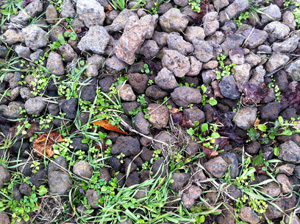 Calderara (in Randazzo): sandy soil with a lot of “ripiddu” and a bed of stones on the soil. It gives us elegant, good structure & long-lived wines. The wine needs long ageing in big oak barrel.
Calderara (in Randazzo): sandy soil with a lot of “ripiddu” and a bed of stones on the soil. It gives us elegant, good structure & long-lived wines. The wine needs long ageing in big oak barrel.
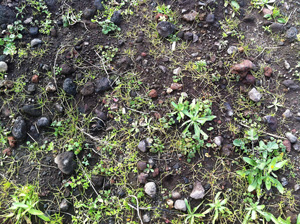 Passopisciaro (di Castiglione di Sicilia): historical Contrada of Etna able to express very deep & structured wines. The soil has a lower quantity of stone and higher land & sand. 680 meters.
Passopisciaro (di Castiglione di Sicilia): historical Contrada of Etna able to express very deep & structured wines. The soil has a lower quantity of stone and higher land & sand. 680 meters.
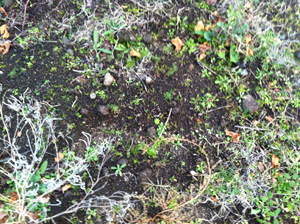 Solicchiata (di Castiglione di Sicilia): Elegant wines with the finest flavours & perfumes. 780 meters a lot of quantity of lava sand.
Solicchiata (di Castiglione di Sicilia): Elegant wines with the finest flavours & perfumes. 780 meters a lot of quantity of lava sand.
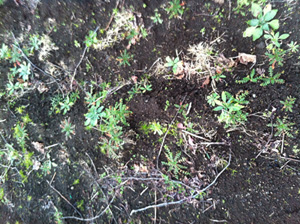 Battisti / Zocconero: 900 meters, a lot of quantity of alluvial sand.
Battisti / Zocconero: 900 meters, a lot of quantity of alluvial sand.
Own Rooted vs Rootstocks
One of the factors yet to be fully understood is the difference between vine that are ‘Pei Franco’ (French Foot) planted on their own roots and those that are grafted onto rootstock ‘Pei Rupestris’. Direct comparison from the same producer has typically shown own-rooted vines tend to make more elegant styles, vines on rootstock bolder styles. The jury is still out and until a proper scientific comparison can be made my opinion is simply from empirical evidence.
The Reds – Nerello Mascalese and Nerello Cappuccio
Typically wines made from the Nerello’s exude an entrancing perfume with a delicacy, elegance, and, sophistication that carries through to the palate. With vineyards from 400-1100m in elevation, the lower lying vineyards tend to yield bolder styles, while the higher sites offer greater restraint often being quite ethereal. Texturally the tannins often remind of a more supple Barolo.
Wines of Nerello Mascalese and Nerello Cappuccio have been called the Barolo of the South by some, Italy’s Burgundy by others. I prefer to call them, simply, great wines from Etna.
Whilst Nerello Mascalese’s enormous bunches, with their big berries, result in wines of a relatively pale appearance, there is nothing insignificant about their aromas, flavours, and, textures.
Indigenous to the Etna region, Nerrello meaning Black and Mascalese derived from Mascali, a commune to the east of Etna. Research indicates it is possibly a cross between Sangiovese and Mantonico Bianco. That parentage would make it a sibling of Gaglioppo from Calabria. The full parentage in any number of different varieties have yet to be determined. Commercial Nerello Mascalese plantings often include several unidentified varieties. Some genetic work suggests Nerello Mascalese could be related to the white grape Carricante.
Nerello Mascalese is typically the dominant of the two varieties when blended with Nerello Cappuccio. I’ve only once had the opportunity to try a 100% Nerello Cappuccio from Calabretta. The tannins by comparison to their Nerello Mascelese dominant wines are a little more supple and fine. The core of fruit is again epic, an edge more immediately generous. There is a sense of purity about this wine. It had an edge more generous and round fruit. You can easily see a blend benefiting from this.
We are also seeing the introduction of other varieties to the hill. Like Buscemi’s Contrada ‘Tarataci’, blended with Grenache.
If you take a short trip from Etna to Faro, with only 35 acres of vines for the entire appellation, located on the North East tip of the island, Casematte are making excellent blends. Their top wine the ‘Faro’ blends Nerello Mascalese wines blended with Nerello Cappuccio, Nocciola, and Nero d’Avola. The level of intrigue is off-tap, such complexity and harmony. I was fortunate enough to devour one a week ago. Accidentally leaving a half glass in the bottle proved I should have been more patient. The wine went to the next level with 24 hours of air! The Nocciola adds a degree of richness and generosity without overwhelming the Nerello. Casematte’s second wine the Peloro blends Nerello Mascalese with Nocciola and is a triumph.
In a nutshell, with varieties suited to the climate, old vines, and, good vineyard management there’s plenty of good material to work with. As lovers of delicious beverages, we got to watch, play, and, drink as the those who labour on the slopes of Etna and Faro strive to make even more exceptional wines.
Whites
Carricante has been described by some as the Chablis of Sicily. The lovely fine line of mineral acid possible in a good Carricante sits well with this.
Rosé
As with the Reds the styles of Rosé vary dramatically from being full enough to be classified as a light red, slightly chilled they’re perfect when you want something to go with a BBQ, a full-bodied red is too much and you don’t feel like a white. Calbretta’s Rosato is a good example of this style. On the flipside there are vibrant fresh summer Rosé, sometimes blended with Carricante that are cool and refreshing with enough intrigue to stimulate without having to get too cerebral about it all! Girolamo Russo’s Rosato drinks more like a white wine than a Rosé. PS it’s a stunner!
Where in the world is Etna?
I thought I’d share these three maps to help you get your head around Etna and its place in Sicily. The first map gives you the big picture. The second highlights the general area planted on Etna, mostly South to South-East facing. The third shows most, but, not all of the Contrada (single vineyards) and their relative elevations.
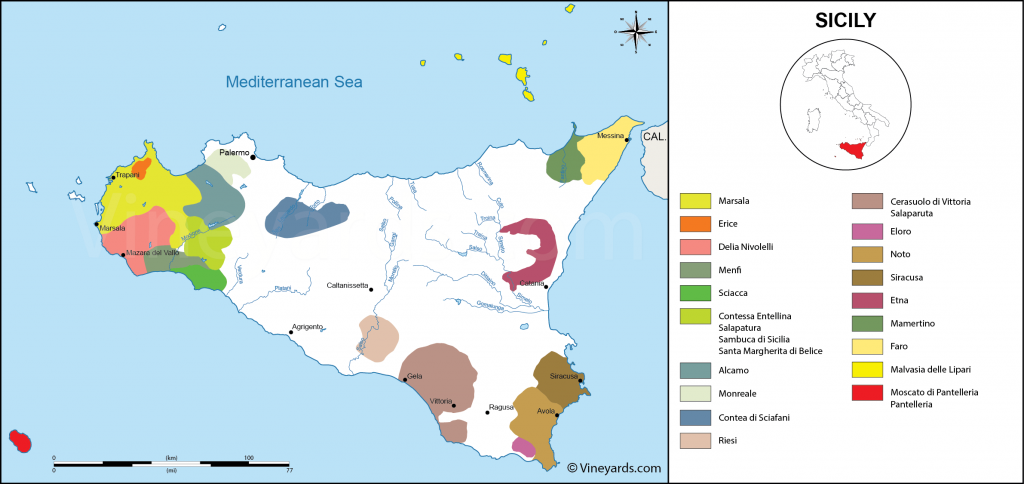
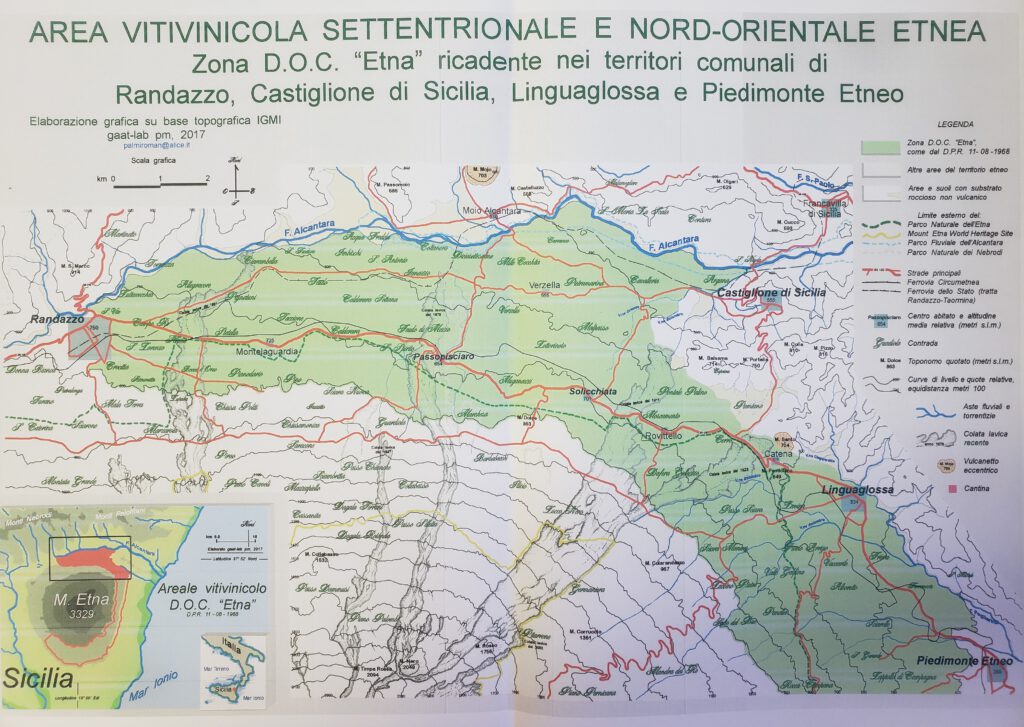
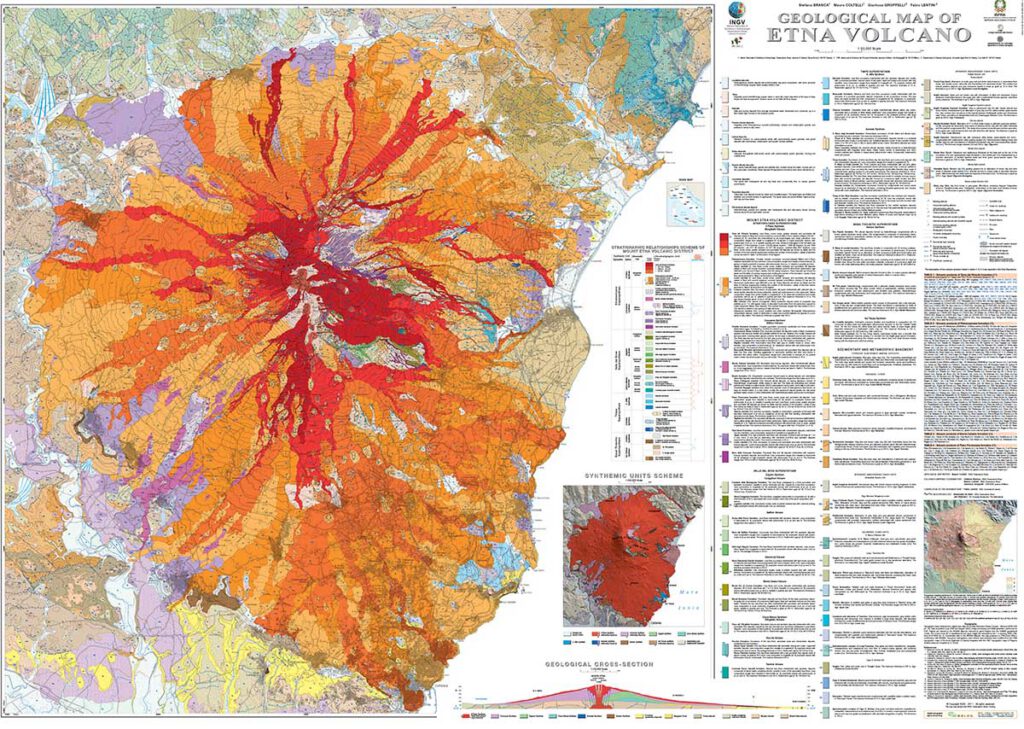
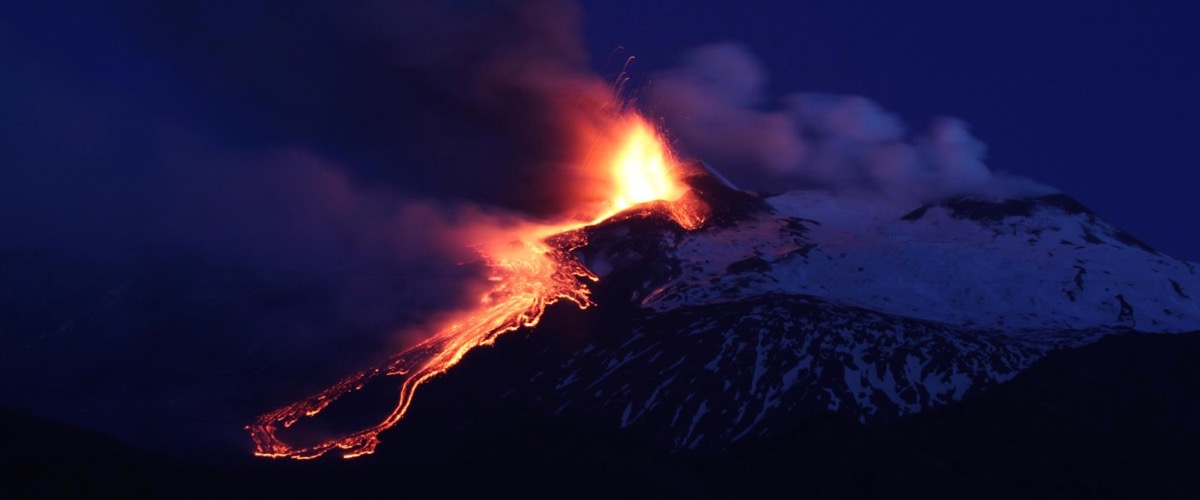

You must be logged in to post a comment.